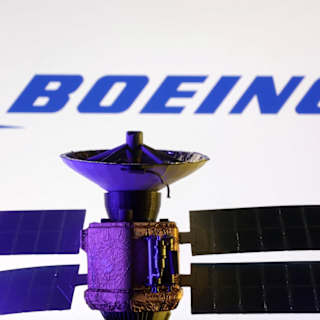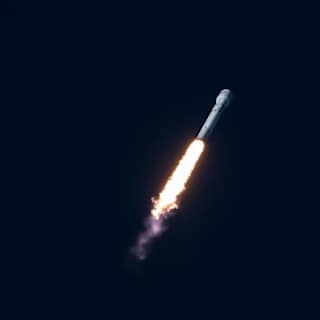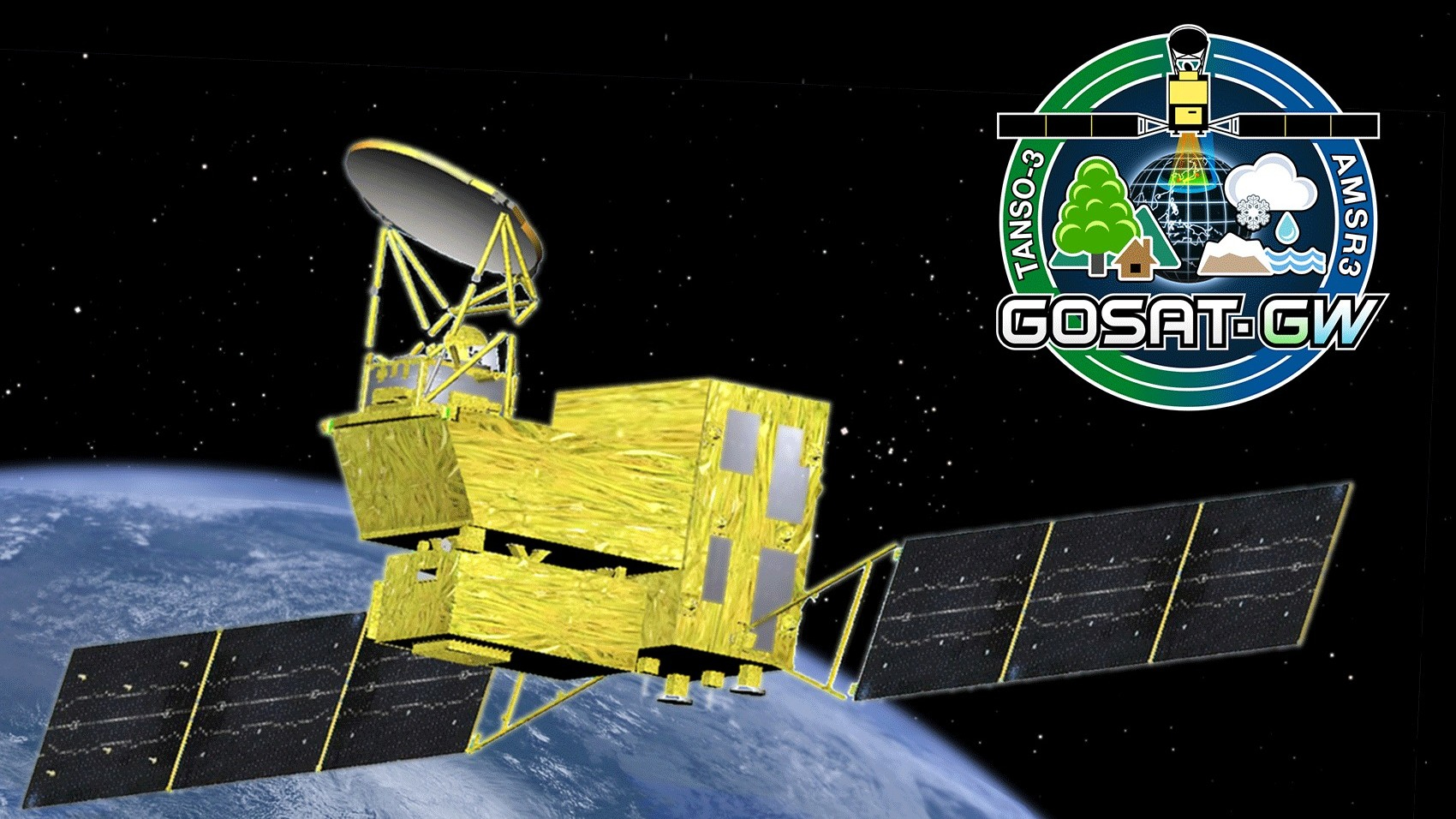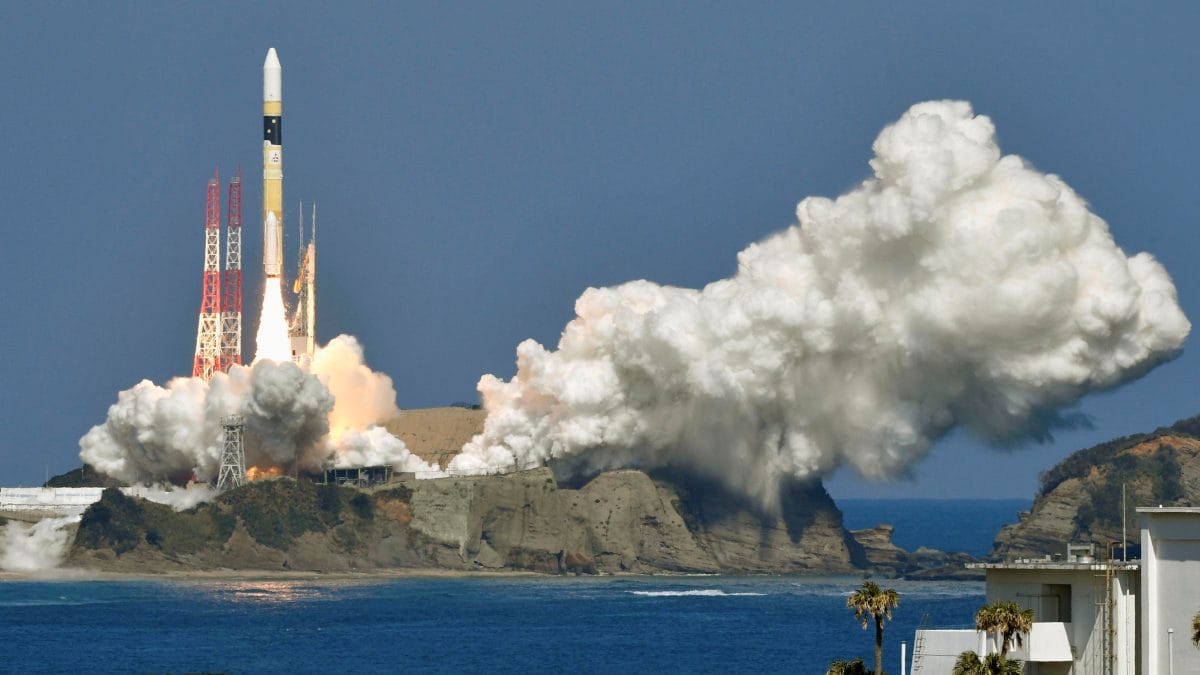- Climate Monitoring Mission
- End of an Era
- Strategic Transition
Japan successfully launched its GOSAT-GW greenhouse gas monitoring satellite Saturday morning, marking the end of an era as the country's workhorse H-2A rocket completed its 50th and final mission after more than two decades of service.
The rocket lifted off from Tanegashima Space Center at 12:33 p.m. EDT, carrying the Global Observing Satellite for Greenhouse gases and Water cycle into orbit approximately 16 minutes later. The launch caps a remarkable career for the H-2A, which achieved a 98 percent success rate across 49 previous flights since its 2001 debut.
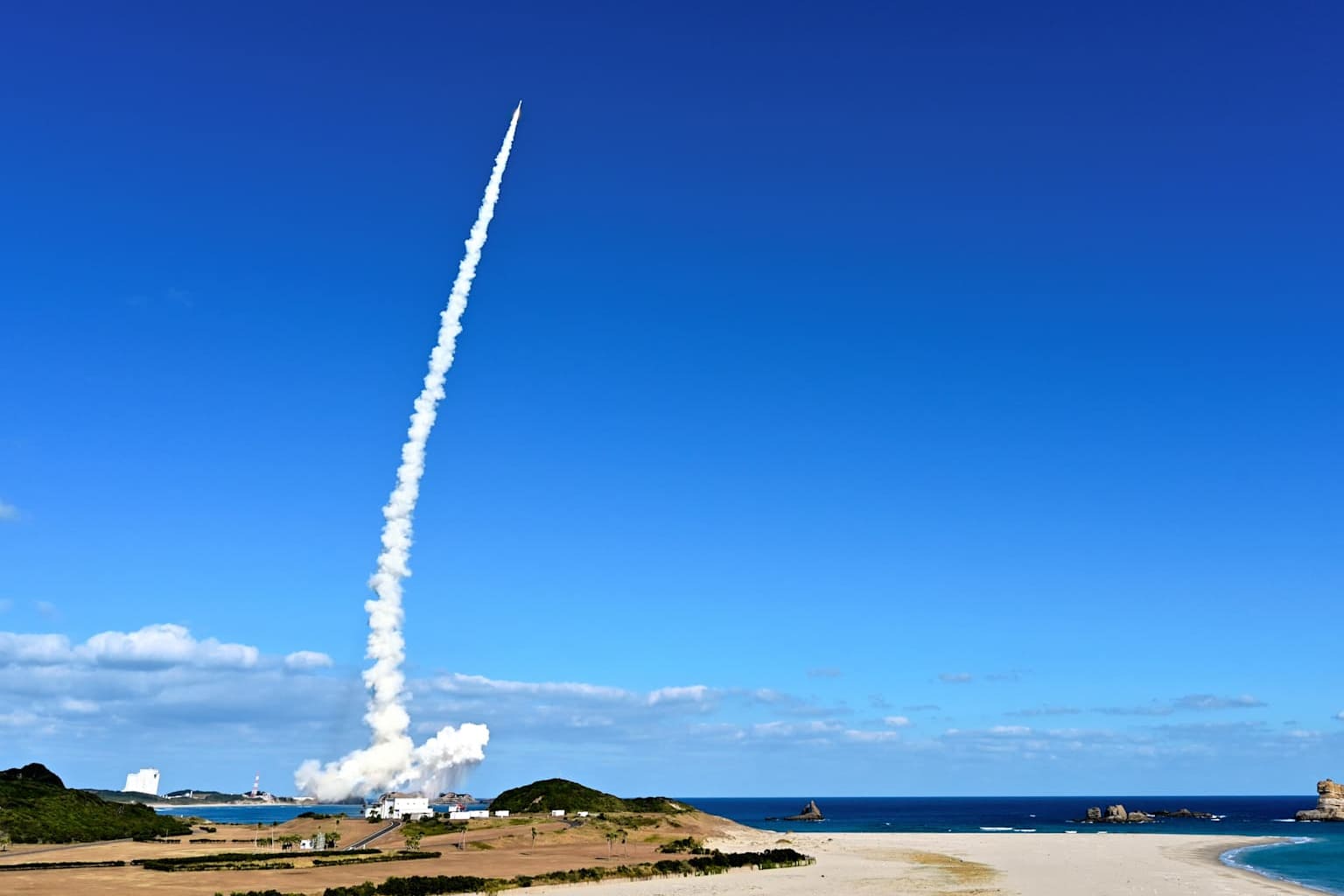
GOSAT-GW represents the third generation of Japan's greenhouse gas observation program, equipped with advanced instruments to monitor carbon dioxide, methane, and nitrogen dioxide emissions across the globe12. The satellite carries two main instruments: the Total Anthropogenic and Natural emissions mapping SpectrOmeter-3 for greenhouse gas detection and the Advanced Microwave Scanning Radiometer 3 for water cycle monitoring32.
"GOSAT-GW will play an important role in understanding global warming," said Takashi Hamazaki, GOSAT project manager at JAXA4. The satellite can observe areas of approximately 900 kilometers simultaneously, enabling comprehensive global surveys4. Data will be analyzed using artificial intelligence and made publicly available within two to three days of collection5.
The mission builds on previous GOSAT satellites launched in 2009 and 2018, continuing Japan's leadership in space-based climate monitoring63.
The H-2A's retirement clears the way for Japan's new H3 rocket system, designed to be more cost-competitive in the global launch market12. The H3 can carry larger payloads at roughly half the cost of its predecessor, though officials acknowledge further cost reductions are needed to improve competitiveness1.
Mitsubishi Heavy Industries has operated the H-2A since 2007, when production shifted from JAXA3. The rocket's most notable missions included Japan's Hayabusa2 asteroid probe, lunar lander SLIM, and the Emirates Mars Mission31.
Japan views reliable, commercially competitive space transport as essential to its space program and national security1. The country is developing the H3 alongside a smaller Epsilon rocket system to serve diverse customer needs in the expanding satellite launch market1.
The launch followed several days of delays due to electrical system malfunctions1. GOSAT-GW will begin distributing climate data in approximately one year, joining its predecessors in Earth orbit to provide critical information for international climate change efforts23.
